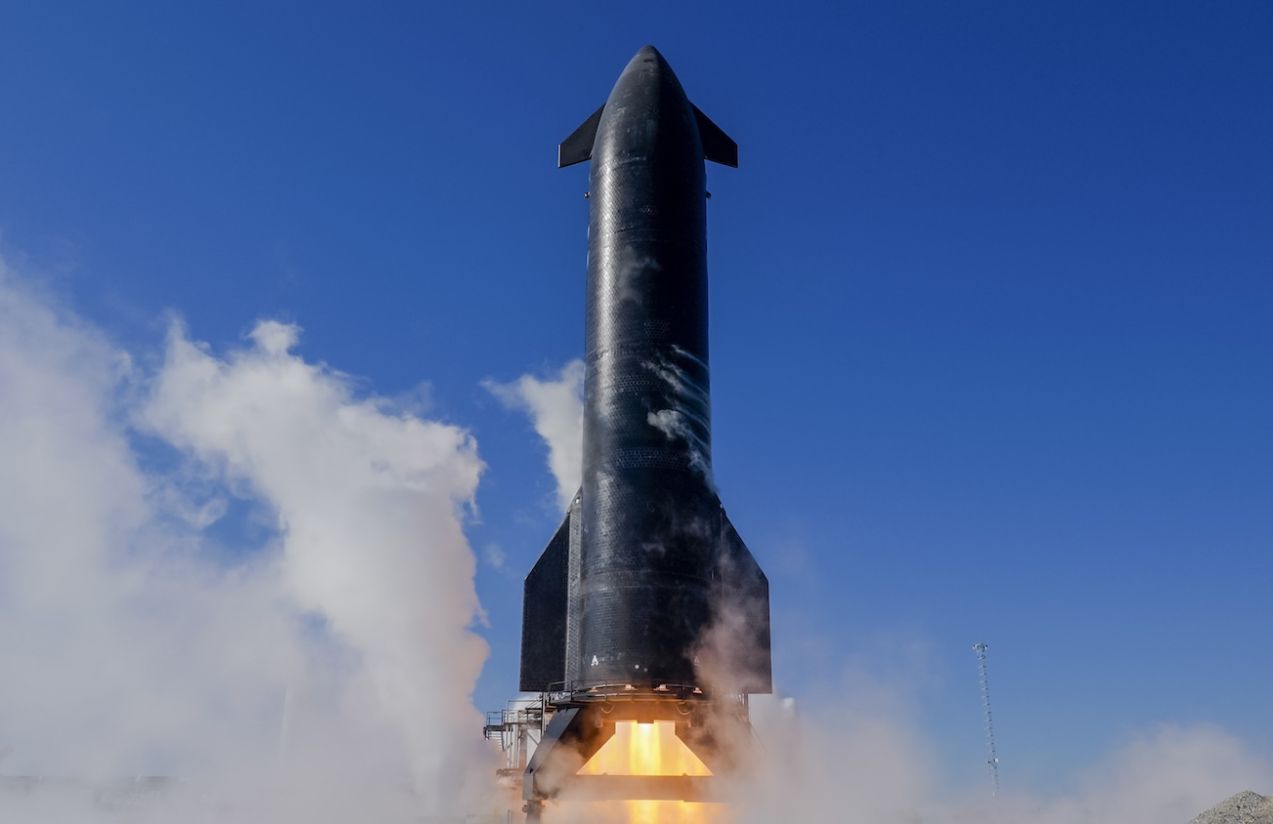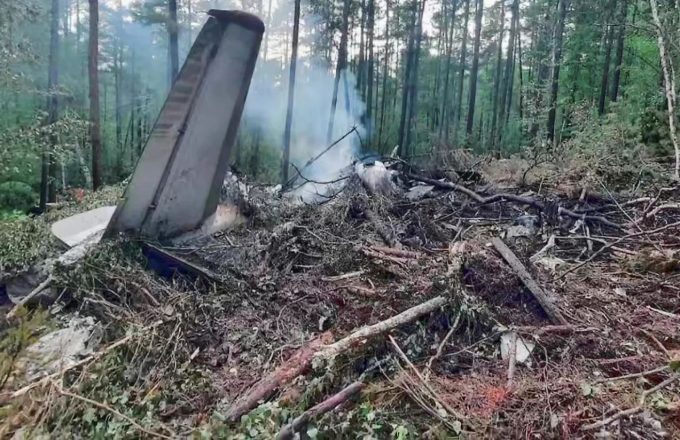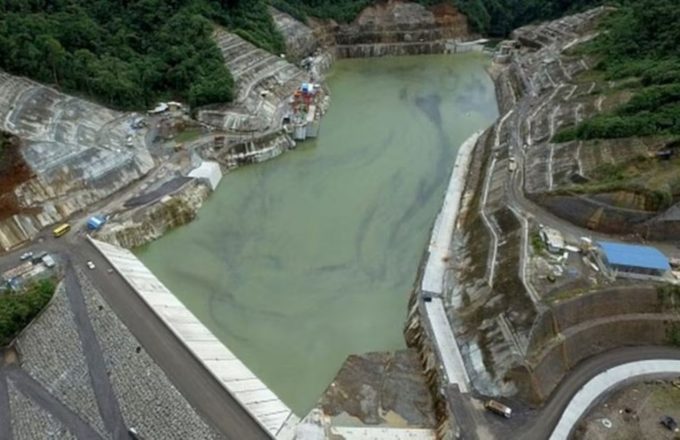The explosion of Starship 36 during a static fire test at 6 a.m. on Thursday (Spanish peninsular time) has dealt another major setback to SpaceX. This marks the fourth significant failure in the company’s ambitious program led by Elon Musk, casting doubts not only on the full deployment of the Starlink satellite constellation — which aims to launch 12,000 satellites, half of which are already in orbit — but also on the timeline for NASA’s Artemis program, which seeks to return astronauts to the Moon.
Starship serves as the second stage of SpaceX’s massive rocket system, paired with the Super Heavy booster. While the booster — powered by 33 Raptor engines — has demonstrated increasing reliability, the upper stage, responsible for reaching orbit with satellites or crew, continues to face serious issues, especially with its complex propulsion system.
Ship 36 experiences a RUD at Massey’s during testing prior to Starship Flight 10. Seen in slow motion.
Continue to watch live: https://t.co/wL0tTdxtla
📸: @NASASpaceflight pic.twitter.com/sSy72p79fM— D Wise (@dwisecinema) June 19, 2025
This upper stage is equipped with six engines: three optimized for atmospheric operations (liftoff and landing) and three designed for spaceflight. Recent in-flight failures have consistently originated in this segment, involving structural vibrations, propellant leaks, fires, and other technical anomalies that SpaceX has yet to fully resolve.
Thursday’s test was a static fire — meant to ignite the engines while the vehicle remained secured to the ground. The goal was to verify the effectiveness of recent upgrades, including a thermal shield over the engine bay and reinforced fuel lines. However, the engines never even started.
Although the exact cause remains under investigation, early evidence points to a pressure spike or a sealing failure in the tanks, which triggered a structural rupture, a large fireball, and severe damage to the test platform.
High-speed cameras recorded the entire sequence, allowing for frame-by-frame analysis. The footage reveals a gas leak — not a classic explosion — occurring on the upper side of the rocket, in the payload bay area rather than the main methane (mid-section) or oxygen (lower section) tanks. Moments later, the structure gave way, followed by the collapse of the central body and an immediate deflagration.
The payload bay contains two relatively small auxiliary tanks, one for methane and another for oxygen, located near the rocket’s nose cone. These were late-stage design additions to ensure the engines could receive enough propellant during the complex landing maneuvers required to transition from horizontal to vertical descent.
Preliminary analysis suggests the leak originated in one of these auxiliary tanks or in the fuel lines running through the bay to the engines. This was not a traditional explosion with a shockwave but rather an instantaneous combustion of a highly flammable mix triggered by a likely spark. Nevertheless, the outcome was equally catastrophic: the Starship was completely destroyed, with debris scattered across the site.




















